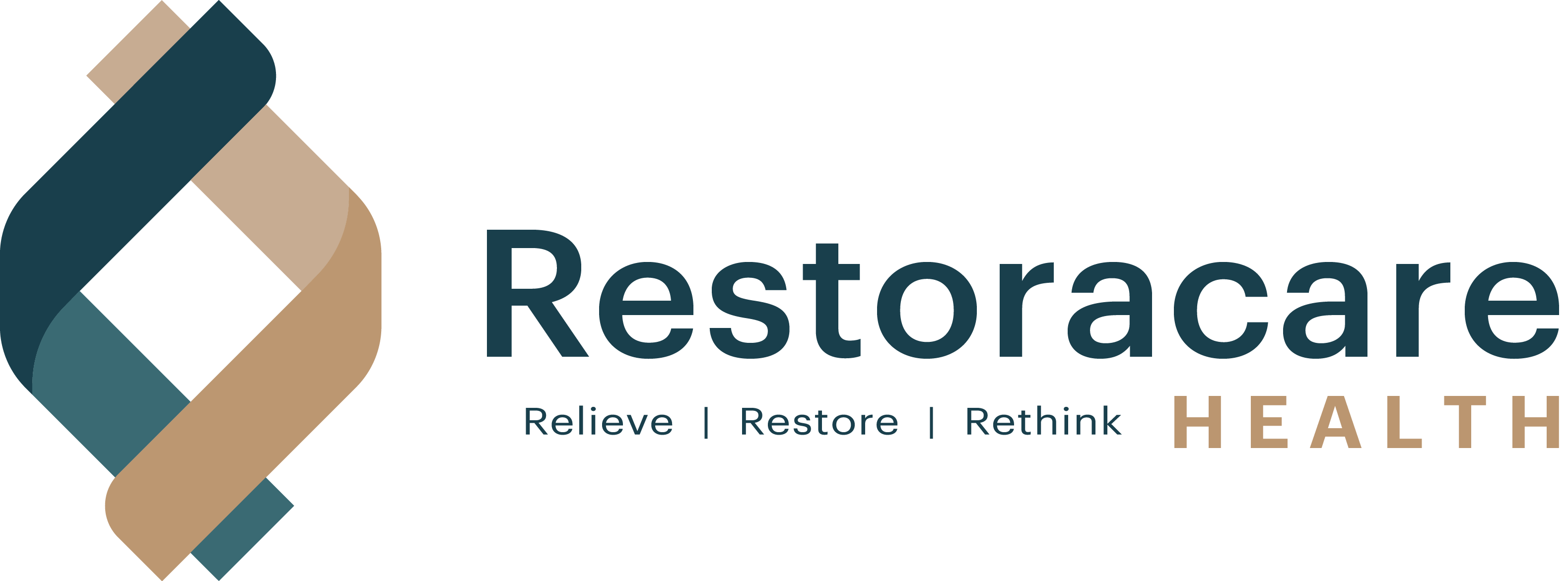[vc_row][vc_column width=”2/3″][woodmart_title size=”medium” font_weight=”600″ align=”left” style=”bordered” woodmart_css_id=”60c26f5abe2a8″ title=”Common Elbow Conditions we treat” title_width=”100″][vc_row_inner][vc_column_inner][vc_column_text text_larger=”no”]
[/vc_column_text][/vc_column_inner][/vc_row_inner][/vc_column][vc_column width=”1/3″][vc_single_image image=”8777″ img_size=”full” alignment=”center” css_animation=”wd-left-flip-y” parallax_scroll=”no”][/vc_column][/vc_row][vc_row mobile_bg_img_hidden=”no” tablet_bg_img_hidden=”no” woodmart_parallax=”0″ woodmart_gradient_switch=”no” row_reverse_mobile=”0″ row_reverse_tablet=”0″ woodmart_disable_overflow=”0″][vc_column][woodmart_title size=”medium” font_weight=”600″ align=”left” style=”bordered” woodmart_css_id=”60c26fc146445″ title=”Tennis Elbow” title_width=”100″ after_font_size=”eyJwYXJhbV90eXBlIjoid29vZG1hcnRfcmVzcG9uc2l2ZV9zaXplIiwiY3NzX2FyZ3MiOnsiZm9udC1zaXplIjpbIiAudGl0bGUtYWZ0ZXJfdGl0bGUiXX0sInNlbGVjdG9yX2lkIjoiNjBjMjZmYzE0NjQ0NSIsImRhdGEiOnsiZGVza3RvcCI6IjE1cHgifX0=” after_color=”eyJwYXJhbV90eXBlIjoid29vZG1hcnRfY29sb3JwaWNrZXIiLCJjc3NfYXJncyI6eyJjb2xvciI6WyIgLnRpdGxlLWFmdGVyX3RpdGxlIl19LCJzZWxlY3Rvcl9pZCI6IjYwYzI2ZmMxNDY0NDUiLCJkYXRhIjp7ImRlc2t0b3AiOiIjMmQyZDJkIn19″][vc_column_text text_larger=”no” el_id=”tennis-elbow”]
Known as “lateral epicondylitis” is a painful condition that occurs on the outside of the elbow and can be felt down the outside of the arm towards the wrist. Despite the name, it may not necessarily correlate with playing tennis. It is usually caused by repetitive motions of the wrist and arm particularly in the upward or extended position.
Symptoms:
• Pain on the outside bone of the elbow and/or
• Pain radiating down to the arm or wrist
• Weakness or pain when shaking hands or gripping an object
• Lifting a heavy cup or similar object
When to see a clinician?
Try rest and ice for two weeks from the onset of the symptoms in the affected area. If pain persists or gets worse, it may be time to consult with one of our musculoskeletal experts including a chiropractor and physiotherapist for a precise diagnosis.
What treatment should you expect?
• Physical Testing including positive tests indicating tennis elbow diagnosis
• Determining the cause whether sports-related or ergonomic-related to eliminate further damage
• Deep/Soft Tissue Stretching and pressure to the arm, forearm, and wrist muscles and tendons
• Electroacupuncture and electrical stimulation/ultrasound therapy will be considered
• Gradual rehab exercises and developing a stretching and strengthening protocol[/vc_column_text][/vc_column][/vc_row][vc_row mobile_bg_img_hidden=”no” tablet_bg_img_hidden=”no” woodmart_parallax=”0″ woodmart_gradient_switch=”no” row_reverse_mobile=”0″ row_reverse_tablet=”0″ woodmart_disable_overflow=”0″ el_id=”repetitive-strain-injuries”][vc_column][woodmart_title size=”medium” font_weight=”600″ align=”left” style=”bordered” woodmart_css_id=”60c270fa08308″ title=”Repetitive Strain Injuries” title_width=”100″ after_font_size=”eyJwYXJhbV90eXBlIjoid29vZG1hcnRfcmVzcG9uc2l2ZV9zaXplIiwiY3NzX2FyZ3MiOnsiZm9udC1zaXplIjpbIiAudGl0bGUtYWZ0ZXJfdGl0bGUiXX0sInNlbGVjdG9yX2lkIjoiNjBjMjcwZmEwODMwOCIsImRhdGEiOnsiZGVza3RvcCI6IjE1cHgifX0=” after_color=”eyJwYXJhbV90eXBlIjoid29vZG1hcnRfY29sb3JwaWNrZXIiLCJjc3NfYXJncyI6eyJjb2xvciI6WyIgLnRpdGxlLWFmdGVyX3RpdGxlIl19LCJzZWxlY3Rvcl9pZCI6IjYwYzI3MGZhMDgzMDgiLCJkYXRhIjp7ImRlc2t0b3AiOiIjMmQyZDJkIn19″][vc_column_text text_larger=”no”]
Have you ever experienced pain from normal activities that never bothered you before? Ever have pain from just sitting? Or using your mouse and keyboard?
We hear this at the clinic often – “it never bothered me before”, “I thought It would go away on its own”.
This condition is often caused by the gradual buildup of strain to the muscles, tendons and sometimes nerves from repetitive tasks. It can happen anywhere on the body, from lower back strain from sitting to forearm numbness and tightness from typing.
Symptoms:
• Achiness in affected body muscle or joint
• Being uncomfortable in one body position
• Constantly needing to change body positions
• Numbness or tingling in arms or hands
• Feeling better when away from your desk
When to see a clinician?
If you have tried over the counter medication and stretches with no relief. It may be time to see a chiropractor, physiotherapist or registered massage therapist who can correctly identify the joint or muscle causing your condition and provide you with immediate relief.
What treatment should you expect?
• Identifying the tight muscle(s) and joint(s) that are causing you your symptoms
• Loosening up the area with deep tissue therapy and joint mobilizations
• Rehabilitation exercises will gradually be introduced for strengthening and prevention[/vc_column_text][/vc_column][/vc_row][vc_row mobile_bg_img_hidden=”no” tablet_bg_img_hidden=”no” woodmart_parallax=”0″ woodmart_gradient_switch=”no” row_reverse_mobile=”0″ row_reverse_tablet=”0″ woodmart_disable_overflow=”0″ el_id=”sports-injury”][vc_column][woodmart_title size=”medium” font_weight=”600″ align=”left” style=”bordered” woodmart_css_id=”60c2711d39e17″ title=”Sports Injury” title_width=”100″ after_font_size=”eyJwYXJhbV90eXBlIjoid29vZG1hcnRfcmVzcG9uc2l2ZV9zaXplIiwiY3NzX2FyZ3MiOnsiZm9udC1zaXplIjpbIiAudGl0bGUtYWZ0ZXJfdGl0bGUiXX0sInNlbGVjdG9yX2lkIjoiNjBjMjcxMWQzOWUxNyIsImRhdGEiOnsiZGVza3RvcCI6IjE1cHgifX0=” after_color=”eyJwYXJhbV90eXBlIjoid29vZG1hcnRfY29sb3JwaWNrZXIiLCJjc3NfYXJncyI6eyJjb2xvciI6WyIgLnRpdGxlLWFmdGVyX3RpdGxlIl19LCJzZWxlY3Rvcl9pZCI6IjYwYzI3MTFkMzllMTciLCJkYXRhIjp7ImRlc2t0b3AiOiIjMmQyZDJkIn19″][vc_column_text text_larger=”no”]
Sports injury range from a multitude of different kinds of injury that occurred as a result of playing sports or during physically demanding activities. It can include sprain, strain, knee injuries, concussion, ankle injury, muscle strain, rotator cuff tears, and many more. People can become more susceptible to injury during sport if they have not been regularly active, lack a proper warm up routine and/or playing contact sports.
Acute pain is the body’s alarm system that signals injury from trauma, inflammation, pain and muscle spasm. The most common way to treat sports injuries is by resting, icing the injury, compression, and elevation. If these treatments do not work then it may become necessary to go to a Clinician.
Symptoms:
• Swelling & bruising
• Soreness and tightness in the muscles
• Pain or minor limp with walking or running
• Difficulty in move around and playing sport
When to see a clinician?
The most common treatment is by following RICE – Rest, Ice, Compression and Elevation. Resting the affected area, putting indirect ice for 20 minutes with compression to the area and elevating it above your heart if possible for increased blood circulation. If the pain or lack of function persists, seeing a chiropractor, physiotherapist, or registered massage therapist can be very helpful.
What treatment should you expect?
• We want to hear your story – tell us how the injury occurred
• A thorough physical examination to identify dysfunctions in your body
• Together, we will create a treatment plan that works around your schedule and needs
• This plan may include a mixture of deep muscle therapy, acupuncture joint mobilizations and prescriptive rehabilitation to get you back to moving, feeling better and most importantly winning your games![/vc_column_text][/vc_column][/vc_row]

